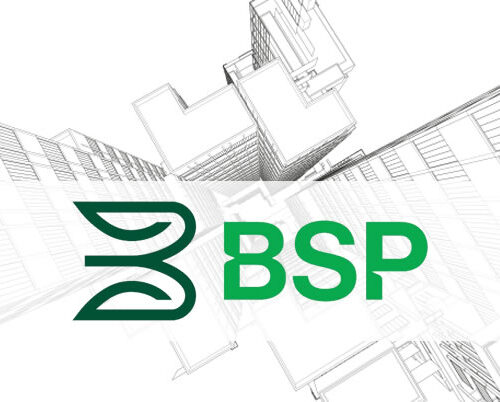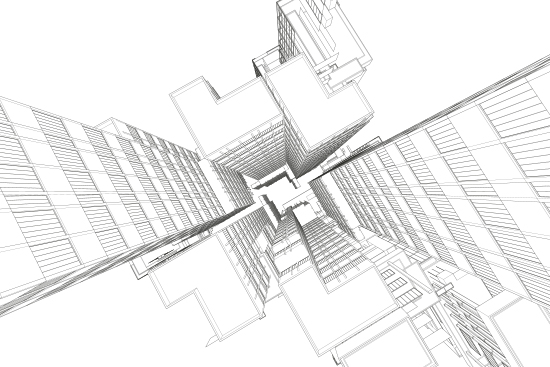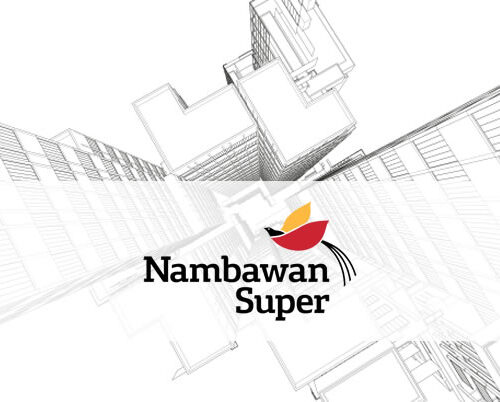Overview
G/L Substantiation is a key account certification process conducted monthly, quarterly, and yearly to meet regulatory reporting requirements. Overseen by the SEC and PCAOB, it supports compliance and control testing for internal financial reporting in the US and other countries.
Challenges
A Tier 1 US bank’s operations depended on 100+ sub-ledger systems and manual processes to manage 150,000+ accounts. A very large team spent 100,000 hours quarterly on reconciliations, relying on Excel, with approvals taking another 7,000 hours over four weeks. SOX compliance was jeopardised by limited transparency and error-prone methods. Senior management had no clear view of reconciliation accuracy, methodologies were inconsistent, and many accounts stayed unreconciled, prioritising open item identification over root cause resolution.
Solution
SmartStream’s G/L Substantiation module, part of its leading reconciliations solution, introduces greater automation, standardisation, and control to labour-intensive processes. It is ideal for firms with numerous sub-ledgers and thousands of accounts requiring certification on a fiscal calendar basis. The solution ensures balances in the primary accounting system, like an enterprise general ledger, align with balances and transaction records in supporting sub-systems.
Benefits
The bank implemented the solution to streamline account reconciliation, enabling timely reporting, digitised processes, shorter cycle times, enhanced control, and improved productivity. The G/L Substantiation module automates reconciliations, replacing spreadsheets with a central repository for balances and supporting documents, improving consistency and visibility. Its real-time dashboard ensures transparency, while automated processes strengthen risk management and reduce month-end workload spikes.
Workflow-based exception management lowers costs and timelines, cutting preparation time by 89% in one unit, reducing man-hours from 890 to 97, and trimming reconciliation effort by 5%, creating a more efficient and transparent process.



